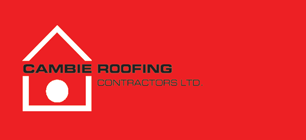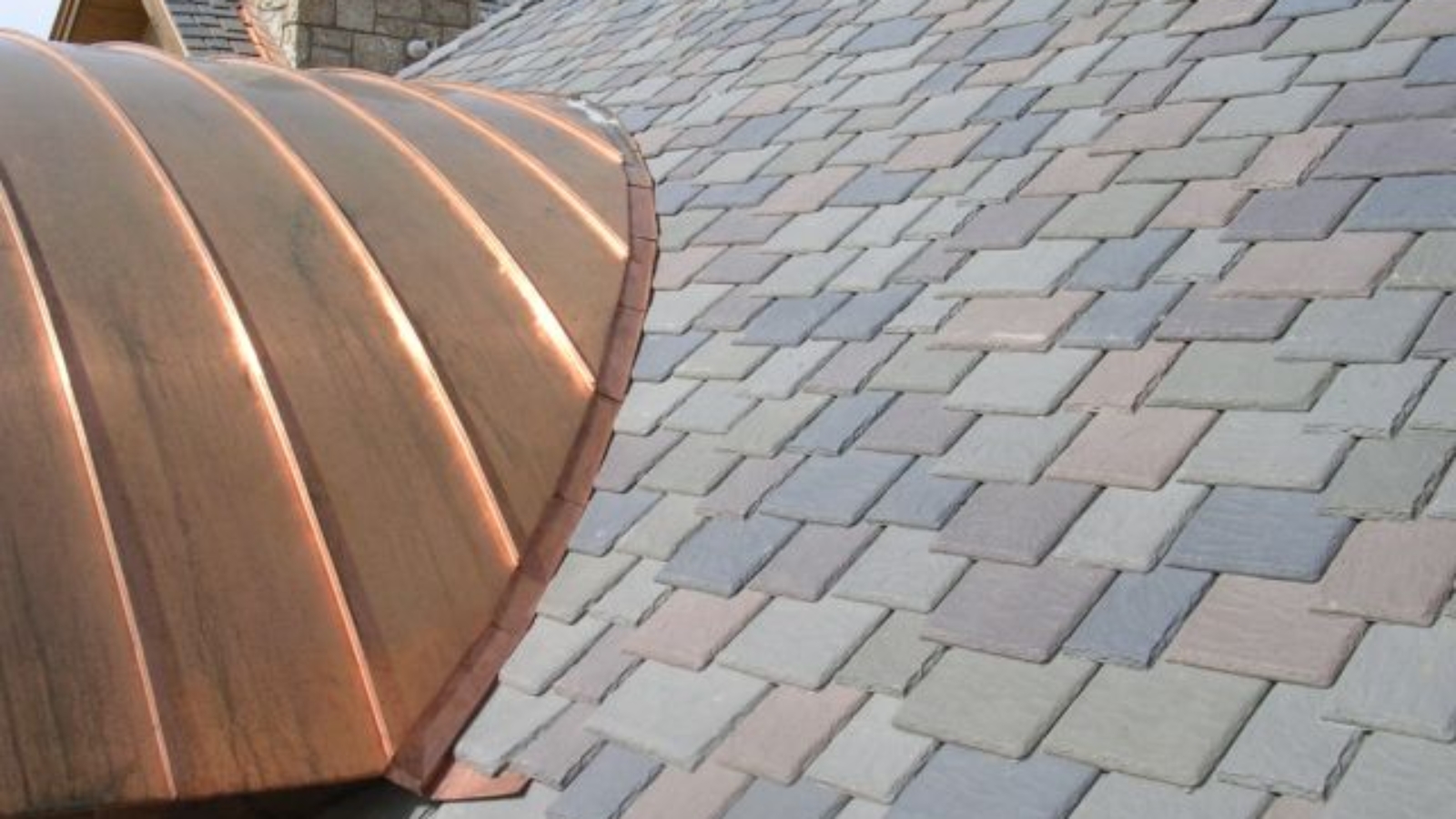When you next walk through a residential neighbourhood in Vancouver, take a look at what’s around you. What percentage of the roofs around you are made with asphalt shingles?
Probably almost all of them.
In recent years, however, synthetic roofing has started to gain significant popularity among homeowners and commercial property managers alike. But what is it? And does it really offer any advantages over conventional roofing methods?
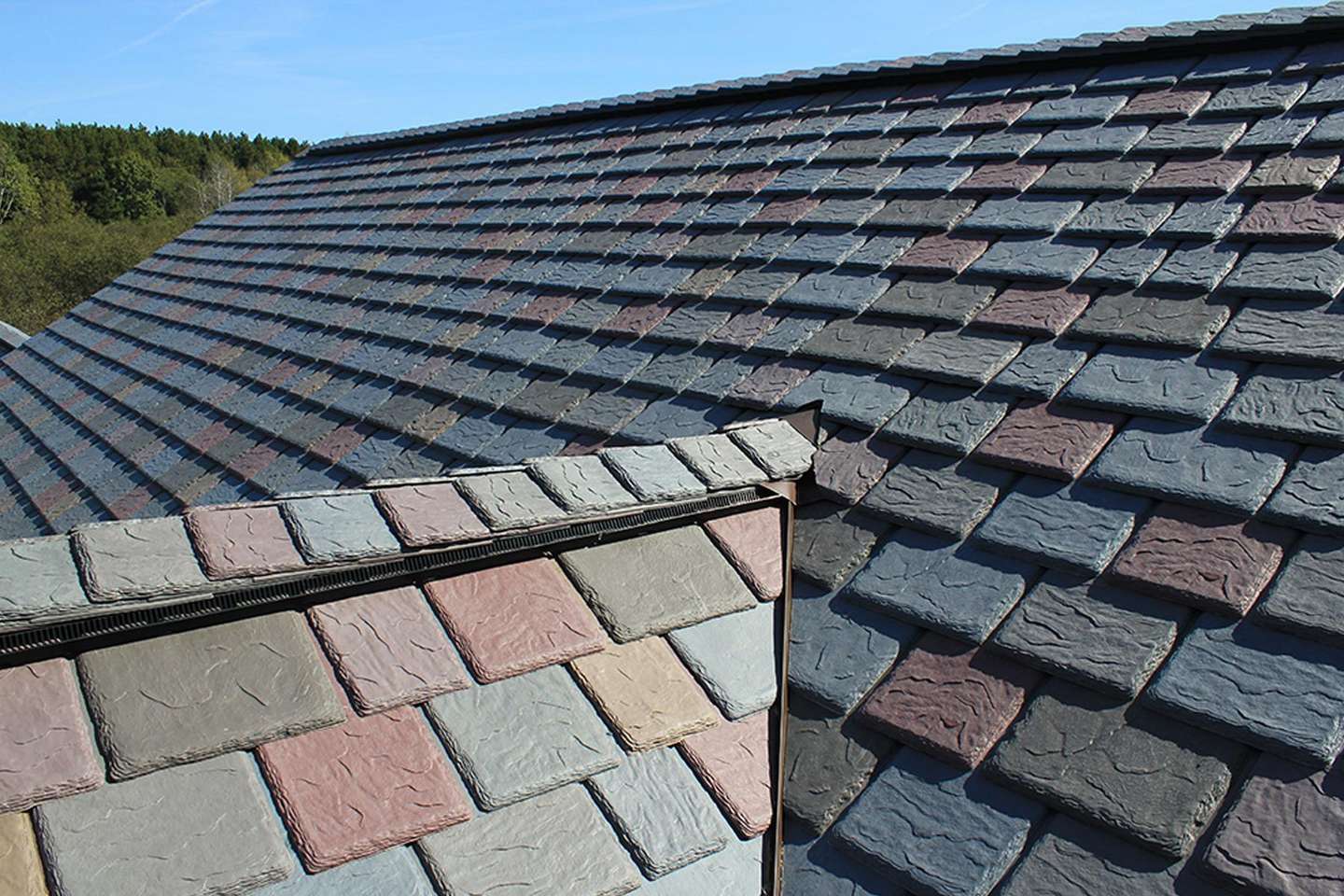
What Is Synthetic Roofing?
As technology continues to advance and new forms of roofing hit the market, synthetic roofing has emerged, relatively recently, as a versatile, durable, and visually pleasing option. Also known as composite roofing, synthetics are crafted from a blend of polymers and other materials to mimic the appearance of traditional roofing materials (slate, cedar, asphalt shingles, etc). These roofing materials are engineered to offer superior performance and longevity while steering clear of many of the drawbacks associated with natural materials.
A Brief History…
Though synthetic roofing may seem like a recent innovation, synthetic materials actually emerged in the mid-20th century due to material shortages during World War II forcing manufacturers to experiment with alternative roofing materials, such as synthetic rubber. Later, the 1970s saw the inception of single-ply membranes like PVC and TPO, offering flexibility and easier installation. Advancements in the 1990s and 2000s improved these materials’ durability and resistance to environmental factors.
The last decade or so has seen a shift toward sustainability, with cool roofing materials and integration with renewable energy systems. Modern innovations continue to enhance performance, with an emphasis on fire resistance, impact resistance, and recyclability.
But one question remains – is synthetic roofing actually better than traditional roofing?
Let’s take a look.
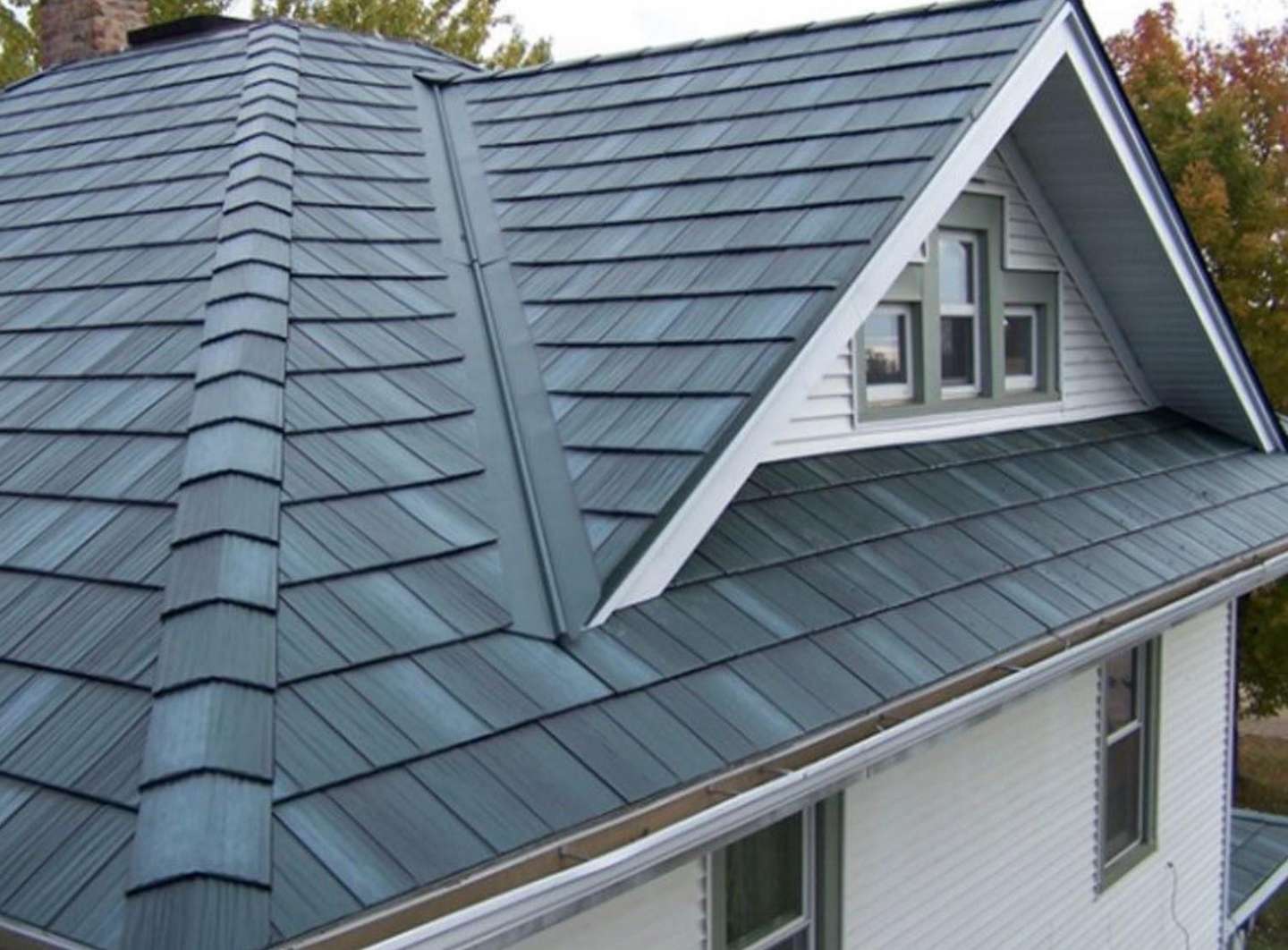
The Advantages of Synthetic Roofing
Durability
One of the standout features of synthetic roofing is its durability. Unlike natural materials, which can be prone to cracking, splitting, or rotting, synthetic roofing is designed to withstand extreme weather conditions, including heavy rain, strong winds, and intense sunlight. Many synthetic roofing products come with warranties that can extend up to 50 years, providing homeowners with peace of mind and long-term protection.
Visual Appeal
Synthetic roofing materials are crafted to replicate the look of traditional roofing options, thereby offering a wide range of styles and colours to match your architectural vision. They can be made to resemble slate, cedar shakes, or asphalt shingles. These materials can enhance your home’s curb appeal, adding a touch of sophistication without the maintenance hassles of natural materials.
Lightweight
Compared to natural materials, synthetic roofing materials are significantly lighter. This means they exert less pressure on the underlying structure of your home, potentially extending the lifespan of your roof. They’re also easier to transport and install, which can potentially reduce labour costs and installation time.
Environmental Considerations
For the eco-conscious, synthetic roofing may be the sustainable alternative you’ve been looking for. Many synthetic roofing products are made from recycled materials, reducing the demand for natural resources and minimizing waste. Additionally, their long lifespan and minimal maintenance requirements equate to a smaller environmental footprint over time, and if they ever need to be replaced, they can be effectively recycled, unlike asphalt shingles which would end up in a landfill.
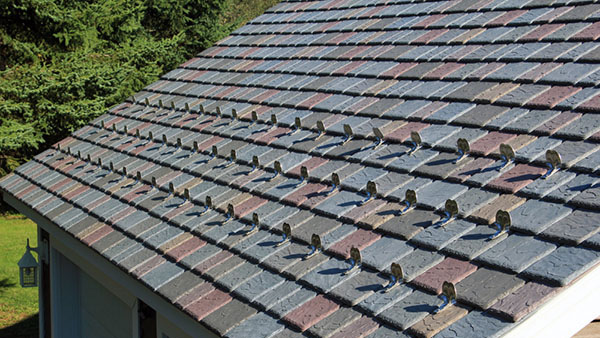
Versatility
Synthetic roofing is versatile, allows it to be used in new constructions as well as roof replacements on both commercial and residential properties. Residential homeowners appreciate the aesthetic and resilience that synthetic roofing offers. Its ability to mimic high-end materials like slate and cedar at lower cost makes it a great option for those seeking an upscale appearance without breaking the bank.
In the commercial sector, synthetic roofing’s durability and relatively low maintenance requirements make it an excellent choice for buildings with large roof areas. Its ability to withstand harsh weather conditions and resist damage from UV rays ensures that commercial properties remain protected and visually appealing for years to come.
Maintenance and Care
Maintaining synthetic roofing is relatively straightforward and doesn’t require the same frequency of care as shingles or natural materials. Regular inspections and basic cleaning can keep your roof looking and performing its best.
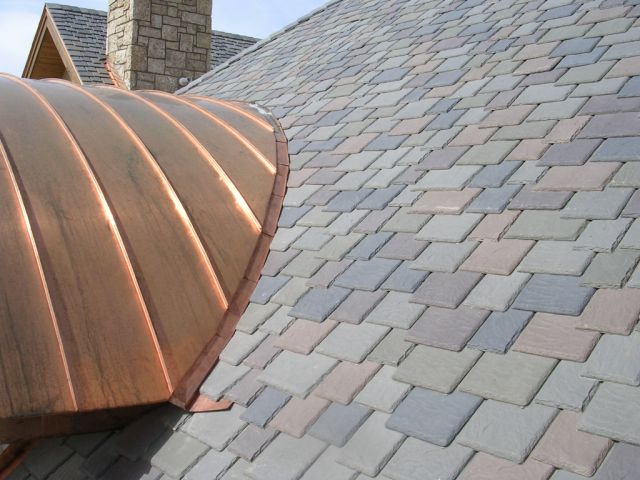
Drawbacks of Synthetic Roofing
Cost
High-quality synthetic roofing materials can be more expensive than traditional options like asphalt shingles. This initial investment can be a barrier for some homeowners and businesses
Repair and Replacement
Repairing synthetic roofing can be challenging. Finding a perfect match for color and texture can be difficult, leading to noticeable patches. Moreover, some synthetic materials may not be as easily recycled as natural materials, leading to environmental concerns.
Heat Retention
Certain synthetic roofing materials can retain more heat compared to natural materials, potentially increasing cooling costs in warmer climates.
Synthetic Roofing: Worth It?
Things are trending toward synthetics – and it makes sense. Composite materials are a smart investment for those looking to combine visual appeal, durability, and environmental responsibility. Whether you’re a homeowner or a property manager, considering synthetic roofing for your next project could provide the blend of beauty and functionality you seek.
If you’re interested in learning more, please consider reaching out! We’d be happy to hear from you and help answer any questions you may have. For all your roofing needs in Vancouver and beyond, get in touch today!
